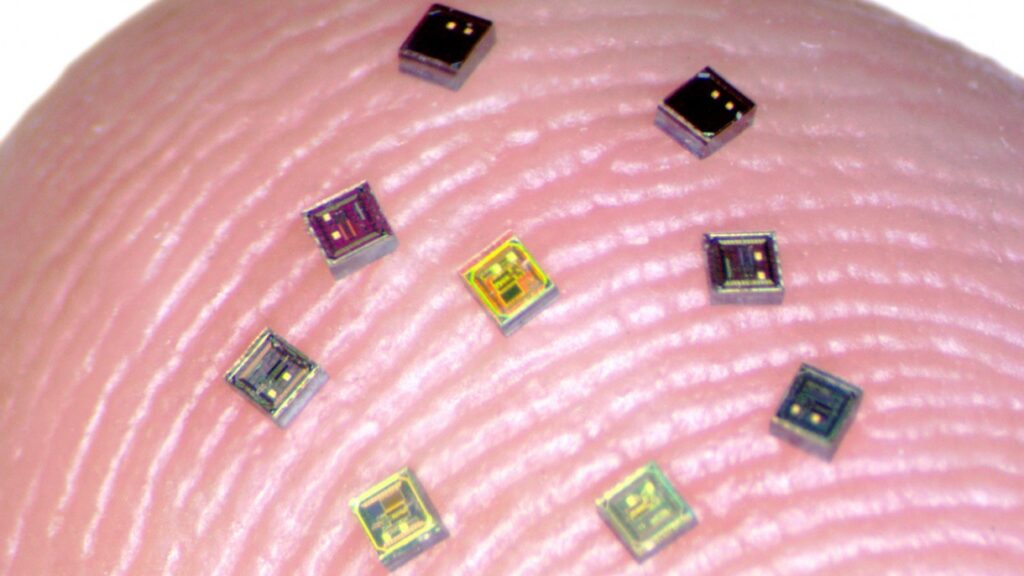Brain-Computer Interfaces (BCIs) are technological devices that allow direct communication between the brain and a computer. This interface enables users to control computer programs and devices using only their thoughts, without the need for any physical movements.

History and Development: BCIs have been in development since the 1970s. However, it wasn’t until the late 1990s that researchers started making significant progress in this field. The development of EEG technology and advances in computer processing power has allowed BCIs to become a reality.
BCIs have many potential applications, including assisting people with disabilities, enhancing human performance, and improving the efficiency of human-machine interactions. BCIs are also being used in gaming and entertainment industries.
How do Brain-Computer Interfaces (BCIs) work?
Types of BCIs: There are three types of BCIs:
Invasive BCIs, Semi-invasive BCIs and Non-invasive BCIs.
Electroencephalography (EEG): Non-invasive BCIs rely on EEG technology, which measures the electrical activity of the brain. EEG electrodes are placed on the scalp to detect brain activity, which is then translated into computer commands.
Invasive and non-invasive BCIs: Invasive BCIs require surgical implantation of electrodes into the brain. This type of BCI provides more accurate and detailed information, but it also carries a higher risk of complications. Semi-invasive BCIs involve the use of electrodes placed on the surface of the brain. They offer a balance between invasiveness and accuracy.
Neuroprosthetics: BCIs are also being used to control prosthetic limbs, enabling users to perform a range of everyday activities. The BCI reads the user’s brain signals and sends them to the prosthetic, which then moves in response to the user’s thoughts.
Advantages and Disadvantages of Brain-Computer Interfaces (BCIs)
Advantages: BCIs offer many benefits, including improved communication for people with disabilities, enhanced performance for athletes and soldiers, and increased efficiency in controlling machines and devices.
Disadvantages: BCIs also come with some disadvantages, including the risk of infection or damage from invasive BCIs, the high cost of development and implementation, and potential ethical concerns surrounding the use of this technology.
The Future of Brain-Computer Interfaces (BCIs)
Potential Applications: BCIs have the potential to transform many fields, including healthcare, entertainment, and education. They may be used to treat a range of neurological disorders, to enhance human performance in various fields, and to create new forms of entertainment and gaming experiences.
Ethical Concerns: The development of BCIs raises ethical concerns, including issues of privacy, autonomy, and the potential for misuse of this technology.
Technological Advancements: As technology continues to evolve, BCIs are becoming more sophisticated and accurate. Future advancements may include the development of non-invasive BCIs that can read brain signals with even greater accuracy, and the creation of fully implantable devices that can communicate directly with the brain.
Conclusion:
Brain-Computer Interfaces (BCIs) are a rapidly evolving technology that has the potential to transform many aspects of our lives. While there are still some ethical and practical challenges to be addressed, the possibilities for this technology are exciting. As researchers continue to make progress in this field, we can expect to see even more advanced and innovative BCIs in the near future. For more tech-related tips and guides, visit http:\\letsflytogather.com.

